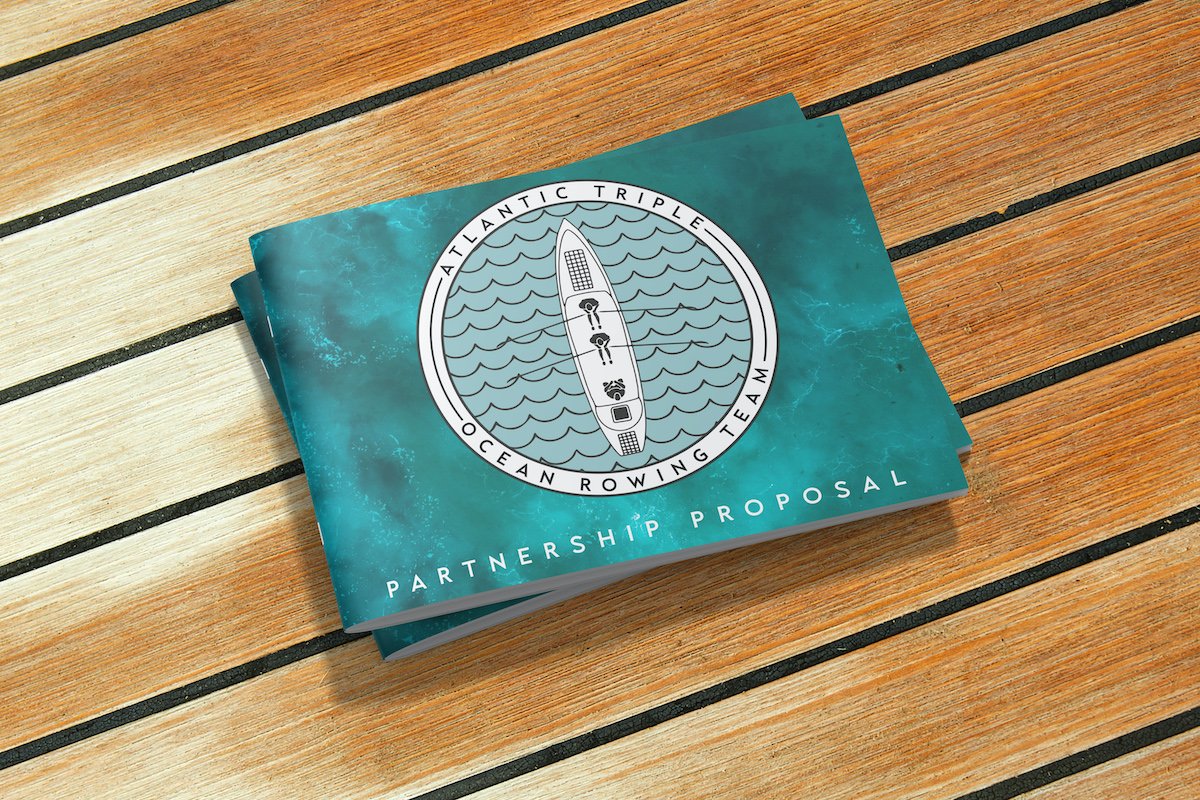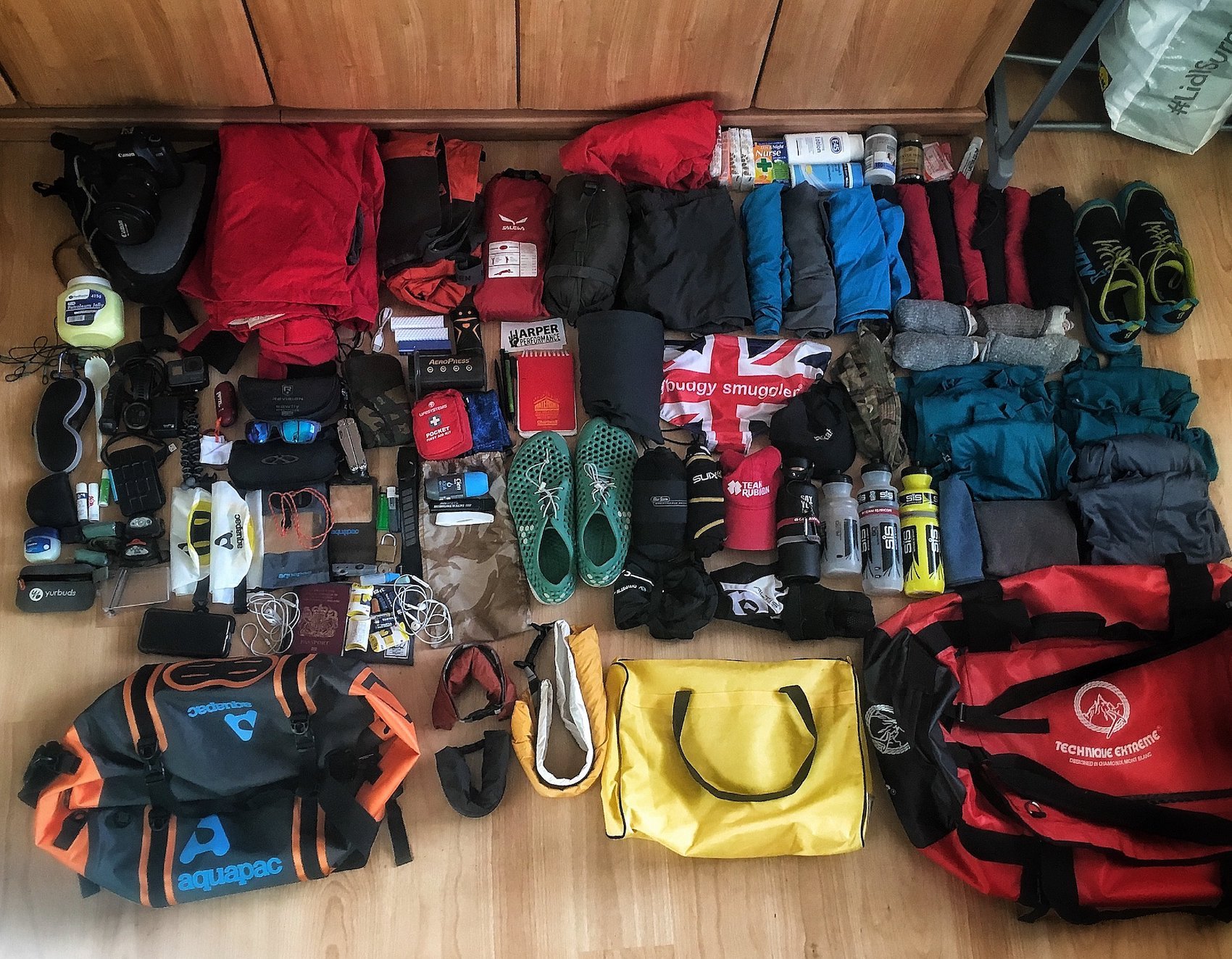
How to get businesses to support your ocean rowing expedition, part 2
About the author: Chris Shirley MA FRGS
A former Captain in the Royal Marines, Chris has been an advisor on the BBC’s High Risk and News Safety team, has led the risk management function in an international media charity, and has been an international disaster responder with Re:Act for a number of years.
He holds a master’s degree in business management, has travelled in over 60 countries, is a fellow of the Royal Geographical Society (FRGS), is a Guinness World Record holder, has rowed across the Atlantic in a 5-person team, completed the Marathon des Sables, Ironman triathlons, and many ultra-distance events.
Ocean rowing expeditions are expensive, like, really expensive! With the average project cost being well over £100,000 before you even start the challenge, it’s a costly endeavour when we’re in the middle of a cost-of-living crisis.
But having done one ourselves in 2017 (albeit, via private crossing), we think more people would benefit from a ‘stretch project’ like this as it teaches you so many transferrable skills that we’re still seeing good stuff come from the trip some 5 years later.
With that in mind, most ocean rowing expeditions can only happen with some support from businesses, whether that’s financial backing from their closely-guarded marketing budgets or equipment donations.
But these only happen if the business sees a ‘Return on Investment’ (RoI – remember this term and the acronym, it’s important when talking to businesses!) for them getting behind your project.
We’ve had lots of ocean rowing teams on the ToA stage giving their insight into how they made this remarkable adventure happen, so combined with our own experiences of rowing 3500 miles across the Atlantic Ocean in 2017, this is our updated advice on how to best make it happen.
This is a subject close to our hearts, so felt it necessary to break into two pieces to allow people to digest it you can find part one at this link.
An example pitch deck for an ocean rowing team made by our creative partners, Haus of Hiatus - this will set the conditions for a meeting with businesses. It’ll make you look like a professional project and less like a possible scam (which is always a concern of the marketing managers!)
7. Consider setting up the expedition as a limited company (ltd) or Community Interest Company (CIC)
This is an important one to consider, as the money you invest in building awareness and marketing the company could be considered as businesses expenses (instead of a personal expense). This might be too much work if you’re expedition is small or a one-off project, however if it’s big and likely to last for a number of months or years, consider registering it as a Limited company or a Community interest Company (CIC) to reduce the operating costs of it and protect your own finances from the fluctuations that may come with accepting money from businesses.
We don’t advise everyone doing this, however, so speak to a qualified financial advisor to see if this is a better option for you to be able to accept financial support from marketing and income from merchandise sales without causing unnecessary disruption to your life (especially during a cost-of-living crisis and anticipated recession).
8. Start documenting training and preparation video
Despite the perceived lack of attention in your project in the early stages, interest will grow if you put the time in. By getting good footage of your training and preparation, your future followers will want to see your journey from the early days. If you’ve promised footage for your supporters, be sure you’re able to capture it in the best quality you can.
Get a GoPro or similar adventure camera for recording the expedition in adverse conditions, and a simple digital camera (such as this cheap and simple Sony that features a flip-out screen and shoots in high-resolution 4K) without the cost of buying lenses and equipment that you might not use afterwards and may get broken in the course of the project.
Consider setting up a YouTube channel so your supporters can share it and tag in your social media links and website. This will increase the traffic to all of your accounts.
Example clothing merchandise for an ocean rowing team made by our creative partners, Haus of Hiatus - these may help increase funds and awareness of your project at the same time. Do be sure to make them sustainably.
7. Start making apparel and merchandise (sustainably)
You’ll want to give off the impression you’re a professional team, therefore getting branded merchandise is a must.
This is where a logo made by a professional graphic designer will be required, as embroidery will reduce the detail in a logo and make it unrecognisable if it’s made too small. When commissioning your logo, the designer should ask what outputs you want to use it for, do be honest and mention if you’re considering embroidered products in the future so the designer can make it with the output in mind.
It’s quite simple to set up a print on demand service or operate a limited run of silk-screen printed goods to sell and give to supporters (particularly if you’re operating a Kickstarter campaign).
8. Commission a ‘sizzle reel’
A sizzle reel shows all the important sides of your expedition for people to understand the story, get behind it and (hopefully) amplify it. The sizzle reel can be featured on your website’s landing page or played to prospective supporters via your YouTube channel. Essentially, you want people to understand why you’re embarking on the expedition as early as possible – which is best achievable using video (and hence why we recommend documenting your training in point 8!)
9. Get some stickers printed with your logo on
You want your expedition to stick more in the top of people’s minds, however if your strategy is just to keep posting to your social media accounts, you’ll be missing out when people aren’t looking at their phone or tablet (and correspondingly, busy people (such as business owners!) consume social media less than others). If you make a simple sticker for you friends and family to stick on waterbottles, laptops and other everyday items, they’ll spark conversations, maybe get captured in photographs, thereby generating awareness of your project and increasing the amount of daily ‘exposures’ it gets.
An example vector logo for an ocean rowing team made by our creative partners, Haus of Hiatus - note how more professional it looks when compared to an amateur one (important to understand, as it’s a fundamental concept of why businesses want to partner with you).





